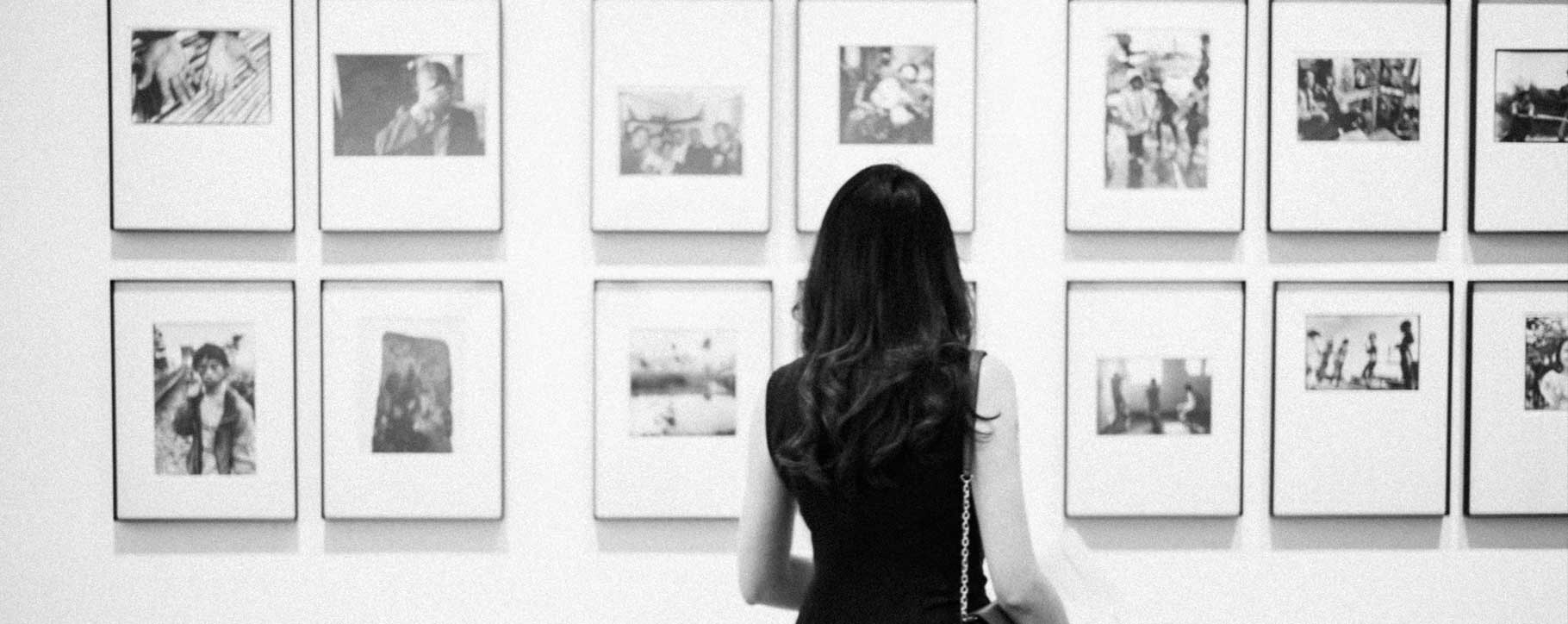
A new European Union directive relating to money laundering is causing those operating in the art industry to change their sales practices across Europe. This is resulting in confusion and uncertainty for art dealers, who are unsure as to what extent the new rules will affect them.
Furthermore, the UK, which has one of the largest art markets in Europe, has enacted a stricter set of regulations.
The new directive puts in place laws for galleries and auction houses operating in the UK. These include recording and potentially reporting the identities of their clients.
The aim is to place responsibility for vetting the ultimate beneficial owner onto a gallery or auction house, so they can be held accountable for the reporting of any suspicious or unusual activity. In addition, the true ownership of such acquisitions can be prevented from being obscured through intermediaries.
The Government advised how art sellers in the UK are required to “carry out customer due diligence under anti-money laundering regulations”.
It is reported the art market was estimated to be worth $67 billion at the end of 2018, with the underground industry reported to be worth $6 billion a year.
Christopher Marinello, a specialist in art recovery who spoke to Artnews, said, “Given the amount of fraud that takes place in the art world, it is a regulation that is going to serve the community more than anything else”. He went on to say, “Doing due diligence on the actual work of art is not sufficient. You need to look into the background of the people you are dealing with.”






